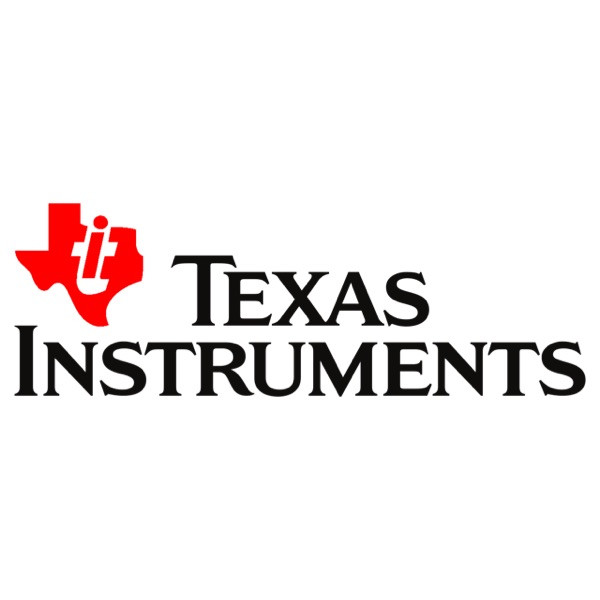USB Type-C and USB PD controller, power switch, and high speed multiplexer combined
08-09-2016 | Texas Instruments | Power
This Texas Instruments’ TPS65981 device is a stand-alone, USB Type-C, and PD controller providing cable-plug and orientation detection at the USB Type-C connector. Upon cable detection, the device communicates on the CC wire using the USB PD protocol. When cable detection and USB PD negotiation are complete, the device enables the appropriate power path and configures alternate mode settings for internal and optional external multiplexers.
The mixed-signal front end on the CC pins provides default (900 mA), 1.5A, or 3A current for Type-C power sources, detects a plug event, determines the USB Type-C cable orientation, and autonomously negotiates USB PD contracts by adhering to the specified biphase-marked coding (BMC) and physical-layer (PHY) protocol.
The port-power switch provides up to 3A downstream at 5V for legacy and Type-C USB power. An additional bidirectional switch path provides USB PD power up to 3A at a maximum of 20V as either a source (host), sink (device), or source-sink.
The device is also an UFP, DFP, or dual-role port for data. The port-data multiplexer passes data to or from the top or bottom D+/D– signal pair at the port for USB 2.0 HS and has a USB 2.0 low-speed endpoint. Additionally, the SBU signal pair is used for auxiliary or alternate modes of communication (DisplayPort, for example).
The power-management circuitry uses 3.3V inside the system and also uses VBUS to start up and negotiate power for a dead-battery or no-battery condition.

By Electropages

TPS65981

